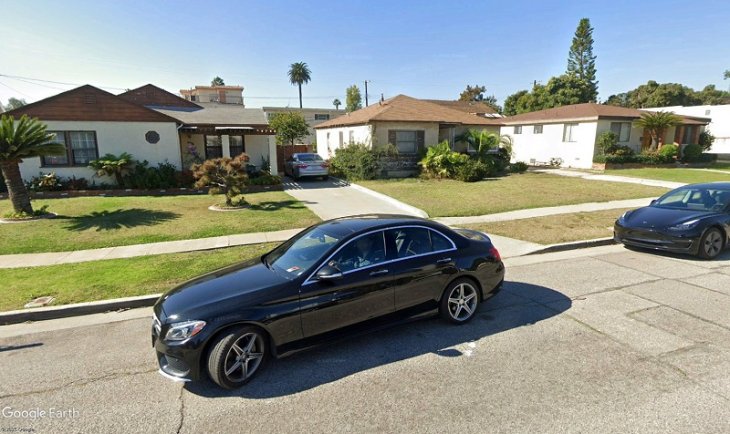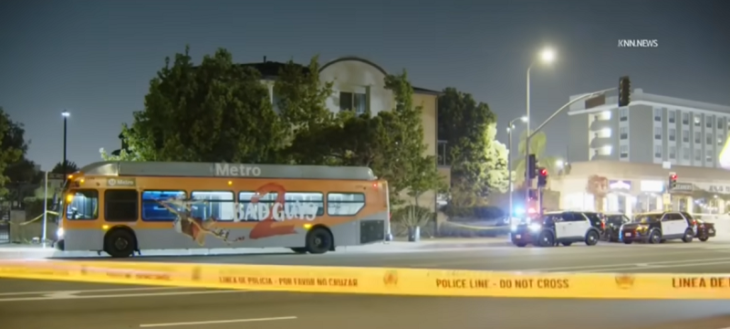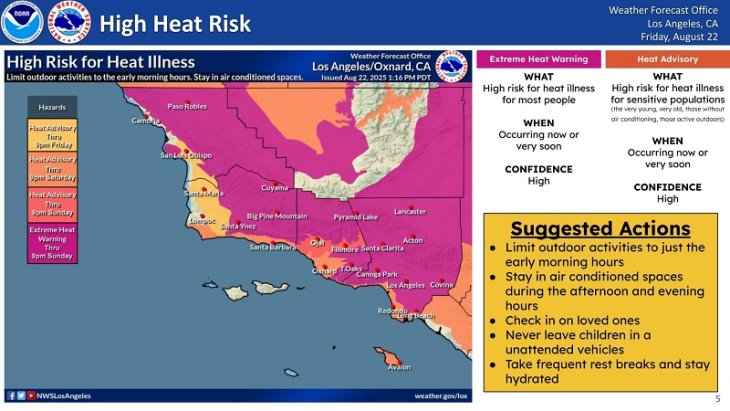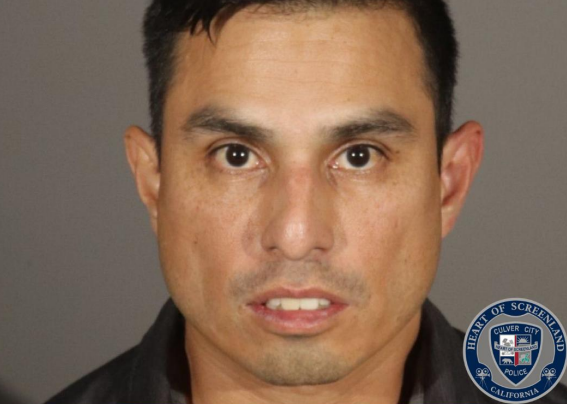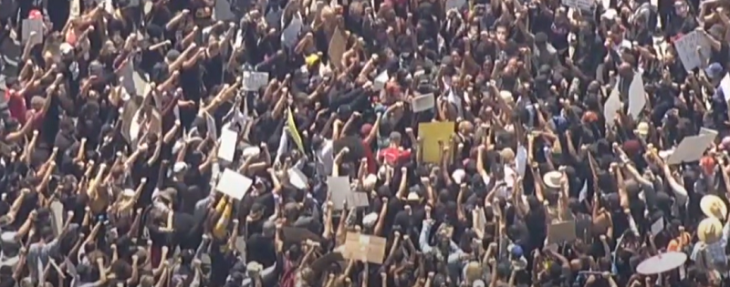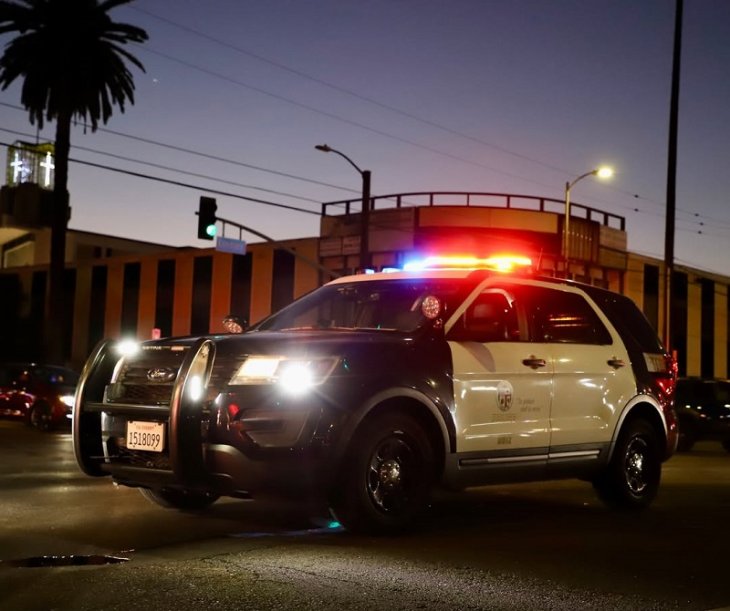Millions of residents in the Southland and throughout the state are expected to “drop, cover and hold on” today as part of an annual earthquake preparedness drill aimed at ensuring people are ready for the “big one.”
About 3.3 million people in Los Angeles County have registered to take part in the fifth annual “Great California ShakeOut,” which is scheduled for 10:16 a.m. About 10.3 million people have registered to take part in the drill statewide, including more than 983,000 in Orange County, according to ShakeOut.org.
At 10:16 a.m., participants will “drop” to the ground, take “cover” under a desk, table or other sturdy surface, and “hold on” for 60 seconds, as if a major earthquake were occurring.
Participants are also asked to look around during the drill and envision what might be occurring during an actual quake — what objects might be falling, what damage could be occurring and will there be a way to escape the area afterward.
The Southern California area “is highly susceptible to earthquakes and earthquake-related effects,” the website ShakeOut.org warns. “Numerous earthquake faults crisscross Southern California and no one within the area resides more than 10 miles from an active fault. In addition to damage caused directly by ground shaking and related ground failure, other hazards such as fires can easily start during and shortly after an earthquake.”
According to the U.S. Geological Survey, some 2,000 people would die, tens of thousands would be injured and more than $200 billion in damage would result from a magnitude-7.8 or larger quake, which would have 50 times the intensity of the Jan. 17, 1994, Northridge earthquake.
Hundreds of aftershocks would follow, a few of them nearly as big as the original event, according to the USGS.
Californians should be prepared to be self-sufficient for 72 hours following an earthquake or other major disaster, officials say. That includes having a first-aid kit, medications, food and enough water for each member of a household to drink one gallon per day for at least 72 hours, according to local and state officials.
Homeowners and renters should also know how to turn off the gas in their house or apartment in case of leaks.
Government workers and students are among those expected to take part in the drill, which also has a large foreign component, with “drop, cover and hold on” exercises planned in Canada, Japan, Italy, and such U.S. territories as American Samoa, Guam and the U.S. Virgin Islands.

